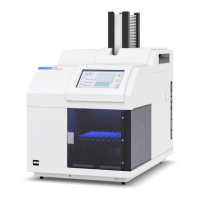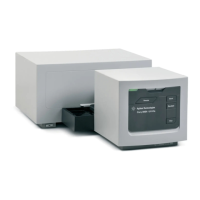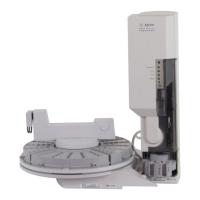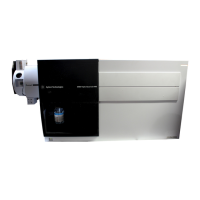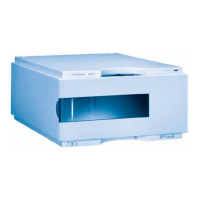4Touchscreen Operation
Operation Manual 65
Settings View
The Settings View provides access to instrument configuration functions, scheduler functions,
service mode settings, calibration settings, system settings, system tools, power controls
(restart or shutdown) and system details. See Figure 24.
Figure 24. Settings view
See “Settings” for more details.

